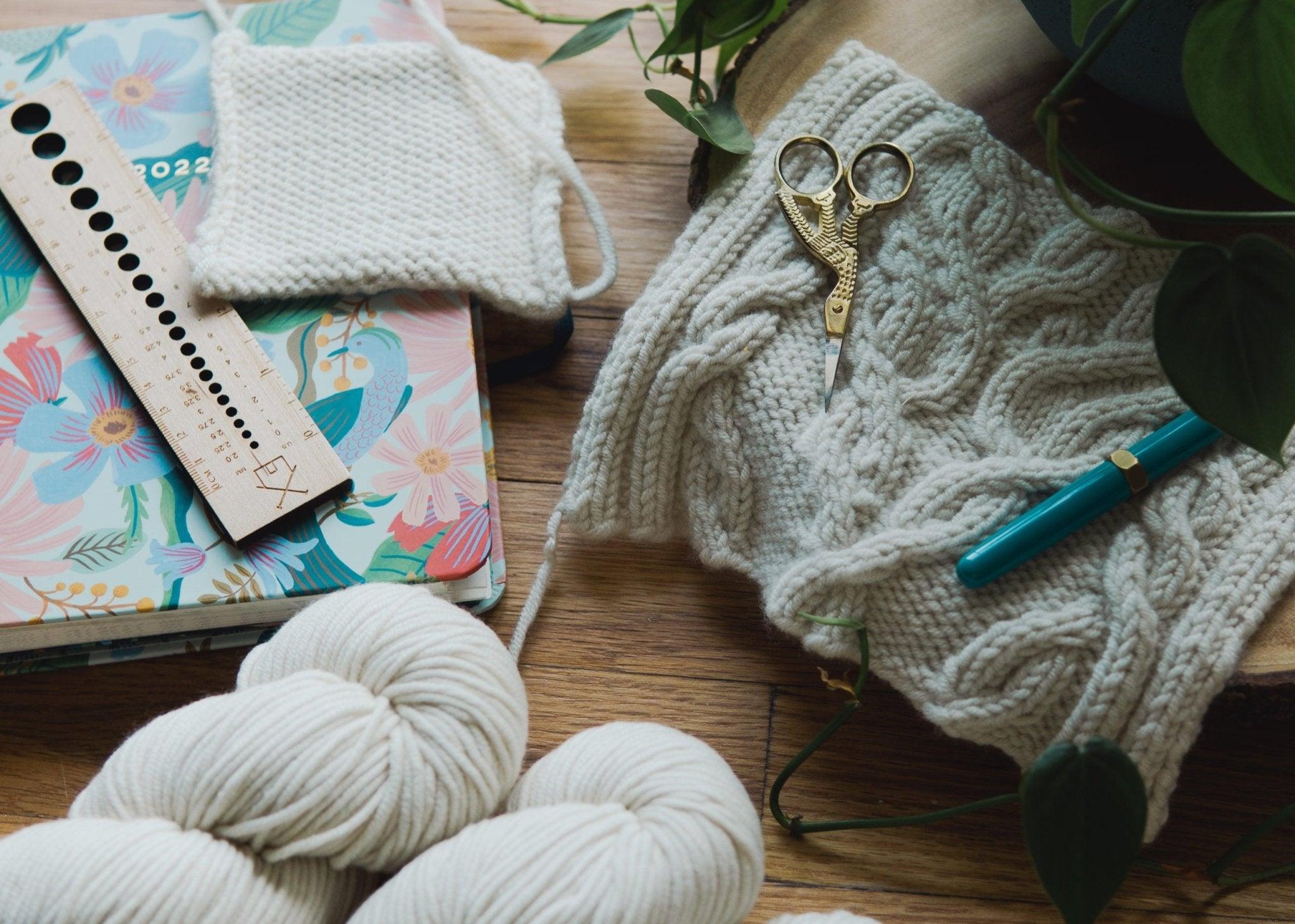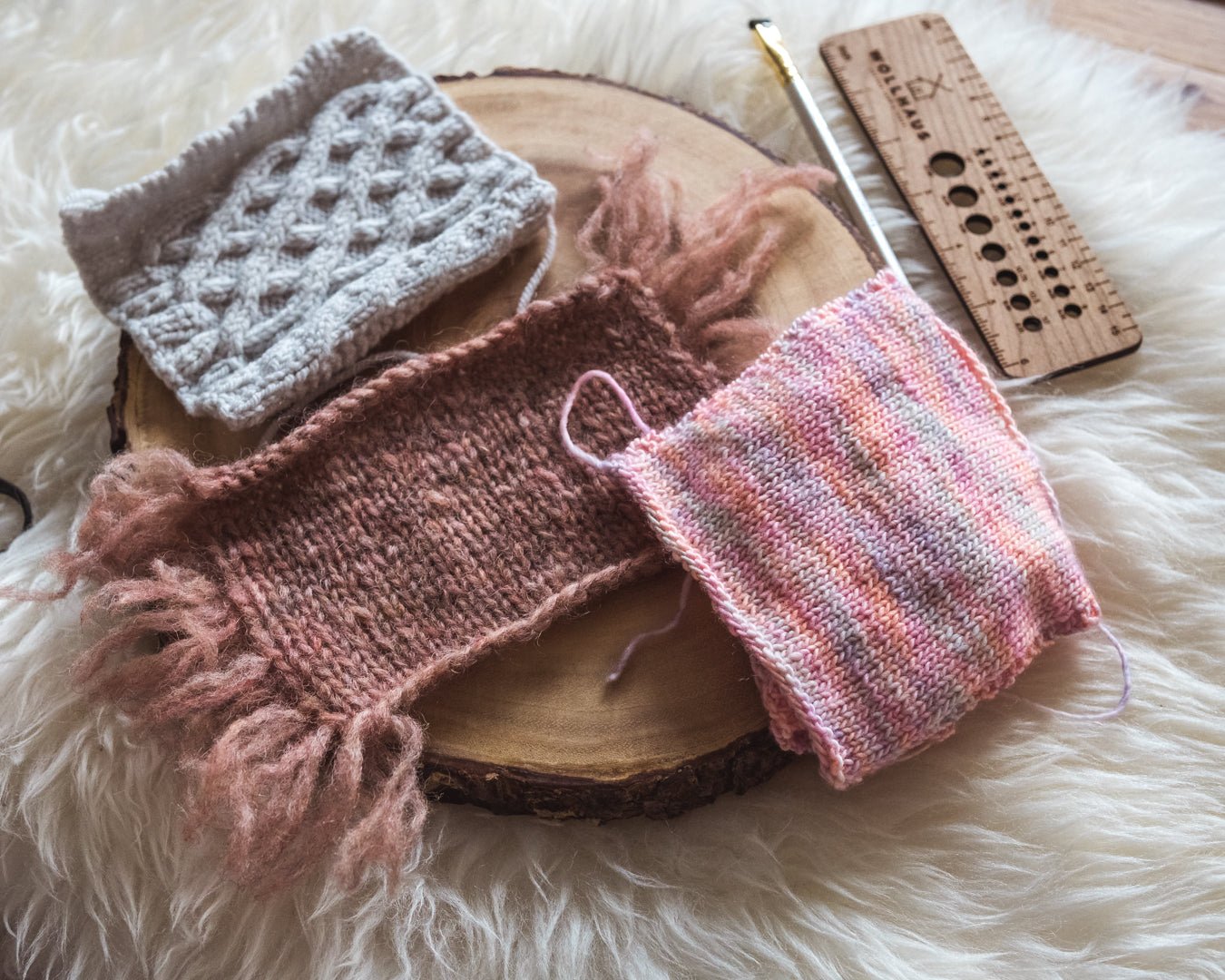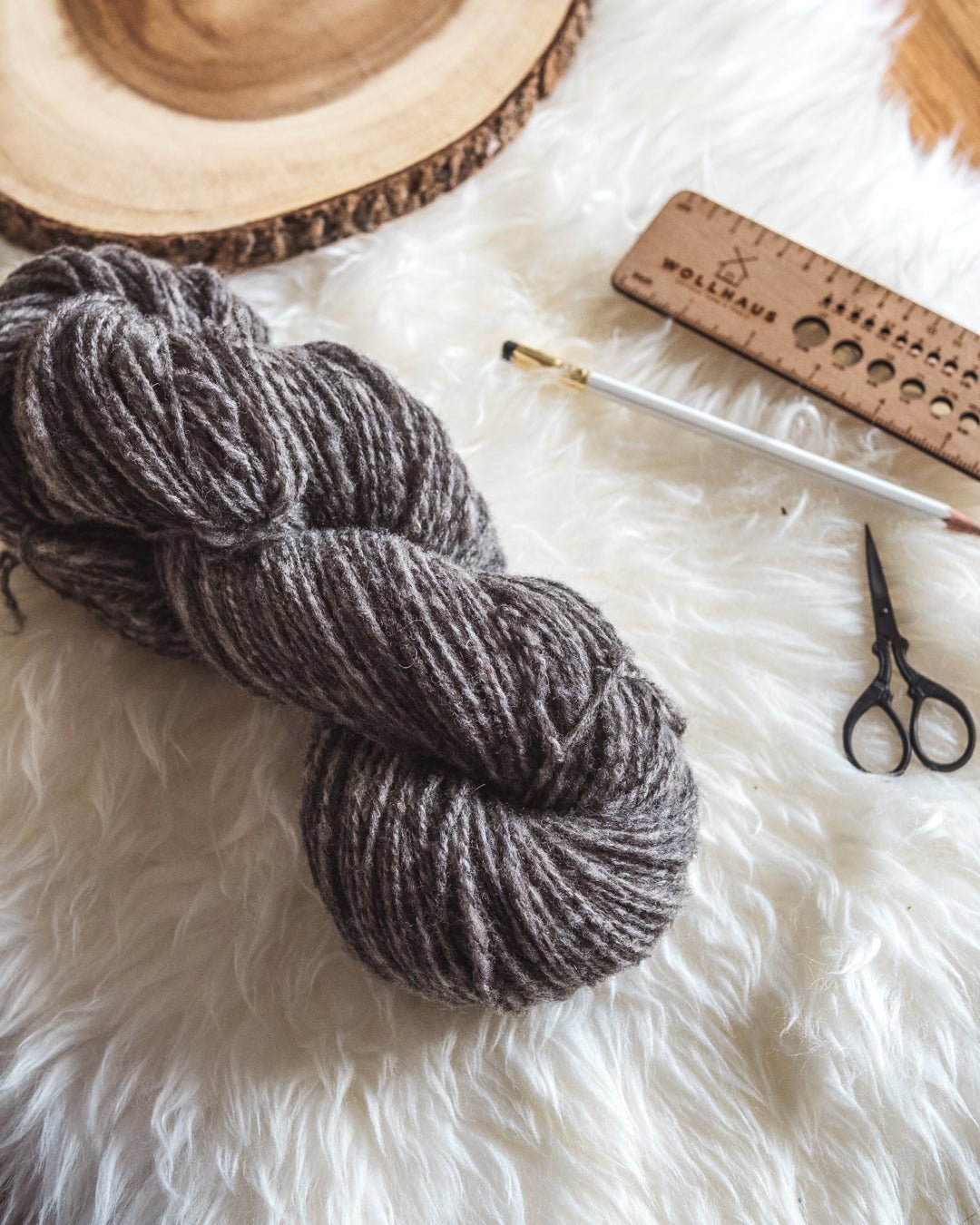
Ways that your making practice is already radical.
Why do we make? I’ve been watching my kids create all kinds of fantastic, interesting things from babyhood. The instinctive ingenuity of children is incredible. What makes the human race have this drive to make things and be creative? I can’t say that I know the answer to that one, but there really is something so soothing and comforting about creating clothing with my own two hands. I think that making comes instinctively to us, but many of us haven’t had a chance to sit down and spell out the why’s of our making.
I’d like to cover some of the ways making on its own is a radical act. This will give us the framework we need to expand our making practice as a radical act for justice in other ways, so that we can go forth and make changes to our practice with purpose. These are just a few ways that hand making impacts the world without our realizing it, to get us started:
Making keeps traditional craft, cultural traditions, and local industry alive.
In many cultures, hand making has long been revered and textile artists in the community were revered and well compensated. This is no longer the case in the post-modern world, due to global capitalism, but making with our hands and passing on traditions is something we must do to keep traditions alive. Many Indigenous peoples across the world are fighting to keep their textiles traditions alive. And in the West, American fiber mills have been disappearing all throughout the 20th century. Whatever your cultural context, hand making is likely quickly disappearing in your culture, and you are helping keep these traditions alive in the world.
For example, in my particular North American context, by supporting mills in my continent, we can help keep local industries going into the 21st century. Fiber that is produced in the US can stay in the US for milling, also reducing the carbon emission of transporting them off-continent for processing or importing them from another continent. Wherever you are, this principle may assist you in reducing your global emissions AND keep your regional textile tradition going.
Making is often a radical statement against rampant capitalism and consumption.
In a world that is operated heavily on capitalism, where we are told in a myriad of ways to produce, produce, produce profit, and to put labor and income above all else.. Then spend all of our money on products and consumption... Doing things the slow way and taking the long way round is often met with questions like “Is it cheaper?” (no) or “That must be nice. I wish I had the time” (I had to make time too?), or worse, “You’re so talented. I could never do that” (It’s practice, y’all. Really).
But making is neither easier, nor cheaper, and it’s absolutely something we have to actively choose and carve out time for. Oftentimes, I find myself explaining this to friends who don’t understand why I would take the time to do all this. And I get it! It’s hard to comprehend why I’d want to “waste” this much time on things I could buy (to their eyes).
In a world that values quick and cheap thrills and cheap products… making things with our own two hands using whatever materials we have sourced (whether it be wool, linen, acrylic, or polyester) is a radical act. Taking things the long way around and taking the time to create comfort and things that we want to put around our bodies is a radical act. If we counted the dollar value of the time it takes to knit a sweater, it doesn’t stack up against purchasing even from an ‘ethical’ company (however loaded that term is).
You can pretty much always find a cheaper alternative. But that is not what we are choosing to value with our time and dollars. We are making a different choice… whether we actively realize it or not.
If we become aware of this in our minds and make the mindset shift to understand how we are impacting the world by making these choices, we can expand the ways we make a statement against capitalism and consumption.
Making as a labor and anti-colonialism movement.
Making is a radical act in that we are choosing to say “I will do this the long way round, I will become intimately familiar with the work that is required to dress my body.” By making our own clothes, we are taking the power away, a little at a time, from the industry that is fast fashion. By choosing every piece carefully, by understanding deeply that the skills we are learning and developing in knitting and sewing our own clothing take many years to develop, we are starting to unravel the lie that is “unskilled labor” little by little. Only by acclimating ourselves to the true time and skill cost of our clothing can we begin to consume in a more ethical way and advocate for laborers effectively.
Because the “cheap labor” involved in fast fashion is most often performed by women of color in what the West considers “developing nations,” this labor movement matters for antiracism and anti-imperialism around the world. Industries like fast fashion are modern colonialism in that we are extracting labor as a resource from these nations purely for the benefit of profit and consumerism in wealthier nations. By making, we are reducing the amount of contribution we make to that cycle, and the more we reuse our handmade items, the more items we remove from this cycle which we may have otherwise purchased. Though it can be extremely challenging to source materials that aren’t part of this crappy ecosystem, we are still removing one step from that supply chain by making the product ourselves.
By understanding this, you can also actively make more choices that align to this principle, if that is something you want to aim for.
Making for the environment.
Making is not only the first step in the labor movement and anti-capitalist statement but it’s also, one of the steps we take to combat climate change. With every piece we create, we also learn to cherish the pieces and care for them well, making them last. With every piece we create and take care of, and wear to pieces literally. If we can understand the value of our making, and truly make and mend and make things last, we are removing all the pieces we might’ve purchased and discarded thoughtlessly from the store-to-landfill pipeline. The skills to create a garment are often directly the same skills that it takes to mend that same garment when it requires mending. By learning those skills we are taking a step towards making lasting change for the environment, even if we haven’t quite made it to mending that pair of socks or (in my case) that torn collar piece yet.
By understanding the ways you already do this, you can expand this practice and further reduce your fashion's impact on the environment.
What does all this mean, anyway?
By understanding some of the practical ways our making work impacts the world (just by our doing them) already, we can start to build a framework in our minds. Then, we can begin a mindset shift to start to identify ways we can make intentional choices that further support positive change. Even small changes in our making practice can further impact the world around us in a big way!
Of course, there are probably a myriad of other ways our making is supporting positive change in the world that I have not covered in this post. This post is an invitation for you to examine what your particular making looks like and where you're already doing amazing, change-maker type things. I'd like to invite you to celebrate those things, and perhaps find ways you can be doing them even more intentionally!
And just like the ways that our making can be unconsciously radical already, our making can also be unconsciously harmful in the world (like any other action we make). This series about how we can keep expanding the ways that our making is a radically positive practice for our world, and how to reduce the ways our making practice harms the world.
The next post in this series will be about designer pay equity, and why it matters as part of our movement towards social equity.
If you liked this post and found it helpful, you can support me in this work by joining my membership group on Ko-fi, or buy me a coffee one time here:




Leave a comment
This site is protected by hCaptcha and the hCaptcha Privacy Policy and Terms of Service apply.